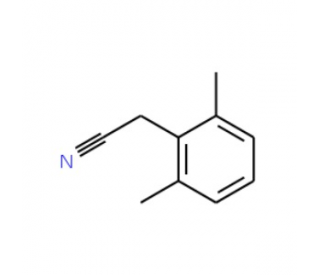詳細(xì)說明
Species Reactivity
Mouse
Specificity
Detects mouse IL-17 in direct ELISAs and Western blots. In direct ELISAs and Western blots, approximately 10% cross-reactivity with recombinant human IL-17A and recombinant mouse (rm) IL-17F is observed and less than 1% cross-reactivity with rmIL-17B, rmIL-17C, rmIL?17D, and rmIL-17E is observed.
Source
Polyclonal Goat IgG
Purification
Antigen Affinity-purified
Immunogen
E. coli-derived recombinant mouse IL?17
Thr22-Ala158
Accession # Q62386Formulation
Supplied in a saline solution containing BSA and Sodium Azide.
Label
PerCP (Peridinin-chlorophyll Protein Complex)
Applications
Recommended
ConcentrationSample
Intracellular Staining by Flow Cytometry
10 μL/10 6 cells
See below
Please Note: Optimal dilutions should be determined by each laboratory for each application. are available in the Technical Information section on our website.
Data Examples
Intracellular Staining by Flow Cytometry | Detection of IL?17/IL?17A in EL?4 Mouse Cell Line by Flow Cytometry. LPS activated EL?4 mouse lymphoblast cell line was stained with Goat Anti-Mouse IL?17/IL?17A PerCP?conjugated Antigen Affinity-purified Polyclonal Antibody (Catalog # IC421C, filled histogram) or isotype control antibody (Catalog # , open histogram). Cells were fixed with Flow Cytometry Fixation Buffer (Catalog # ) and permeabilized with Flow Cytometry Permeabilization/Wash Buffer I (Catalog # ). View our protocol for . |
Preparation and Storage
Shipping
The product is shipped with polar packs. Upon receipt, store it immediately at the temperature recommended below.
Stability & Storage
Protect from light. Do not freeze.
12 months from date of receipt, 2 to 8 °C as supplied.
Background: IL-17/IL-17A
Interleukin 17, also known as IL-17A and CTLA-8, was initially identified as a 17 kDa, secreted T cell-expressed pleiotropic cytokine that exhibits a high degree of homology to a protein encoded by the ORF13 gene of herpesvirus Saimiri. Mouse IL-17 cDNA encodes a 158 amino acid (aa) residue precursor protein with a 25 amino acid residue signal peptide that is cleaved to yield the 133 aa residue mature IL-17. Both recombinant and natural IL-17 have been shown to exist as disulfide linked homodimers. IL-17 is also known to form a heterodimer with IL-17F. At the amino acid level, mIL-17 shows 62% and 87% aa sequence identity with human and rat IL-17, respectively. The receptor for the IL-17A homodimer and IL-17A:F heterodimer is reported to be a combinationof IL-17 RA and IL-17 RC, with a possible contribution by IL-17 RD. The expression of IL-17 is widespread, and found associated with LTi cells, B cells, gamma δ T cells, CD4+ Th17 cells, iNKT cells, neutrophils, intestinal Paneth cells, Type I ILCs and CD8+ Tc17 cells. IL-17 exhibits multiple biological activities on a variety of cells including: the induction of IL-6 and IL-8 production in fibroblasts, the enhancement of surface expression of ICAM-1 in fibroblasts, activation of NF-kappa B and costimulation of T cell proliferation, the preservation of intestinal mucosal integrity, and the induction of antimicrobial peptides by epithelium.
Long Name:
Interleukin 17
Entrez Gene IDs:
3605 (Human); 16171 (Mouse); 301289 (Rat); 481837 (Canine)
Alternate Names:
CTLA-8; CTLA8cytotoxic T-lymphocyte-associated serine esterase 8; Cytotoxic T-lymphocyte-associated antigen 8; IL17; IL-17; IL17A; IL-17A; IL-17Acytotoxic T-lymphocyte-associated protein 8; IL-17CTLA-8; IL17interleukin-17A; interleukin 17 (cytotoxic T-lymphocyte-associated serine esterase 8); interleukin 17A











 粵公網(wǎng)安備44196802000105號(hào)
粵公網(wǎng)安備44196802000105號(hào)